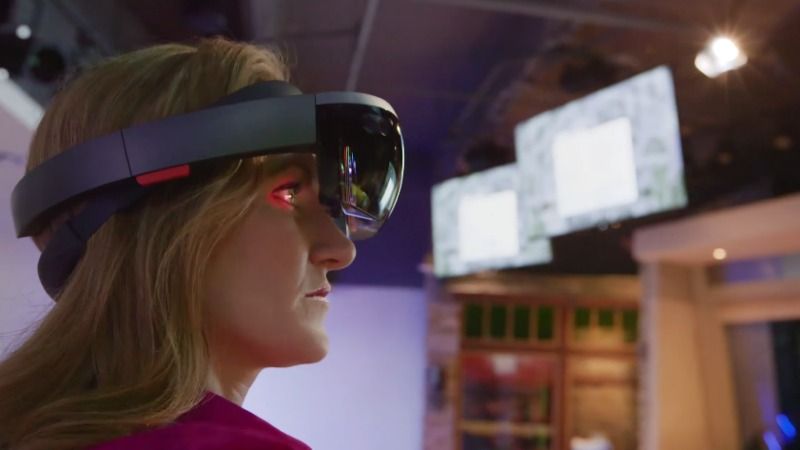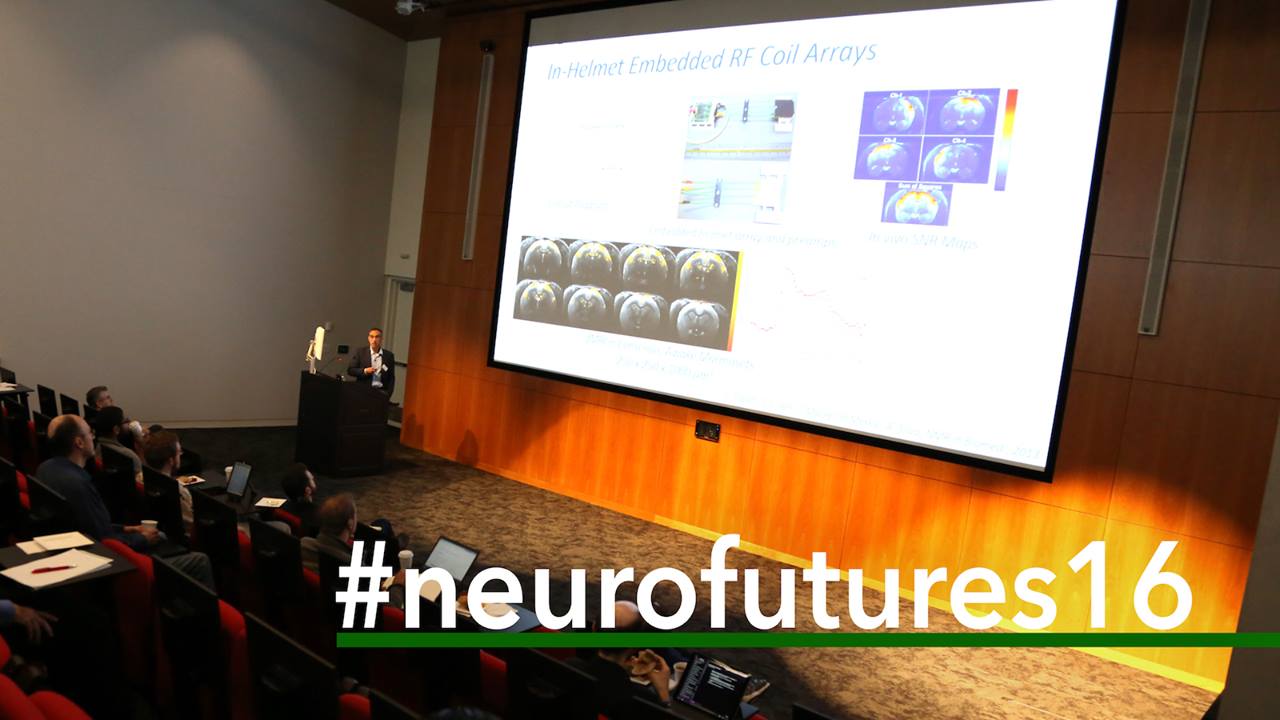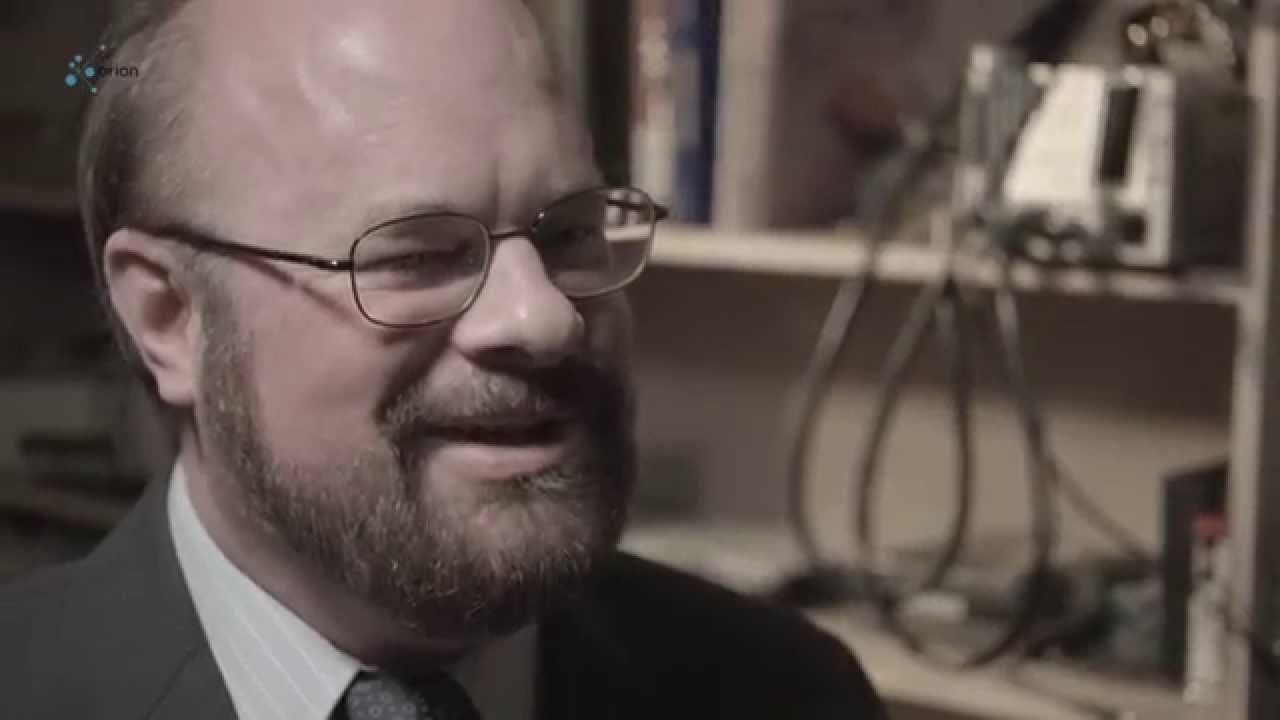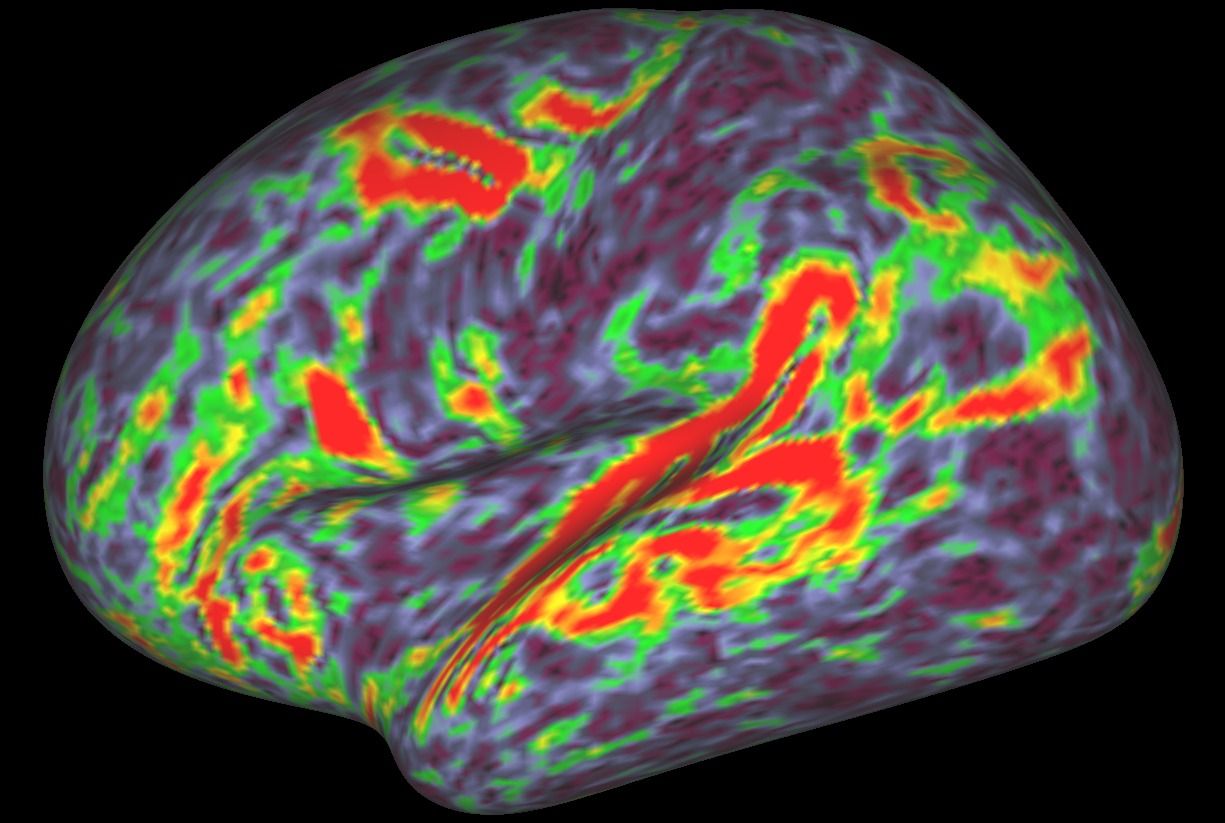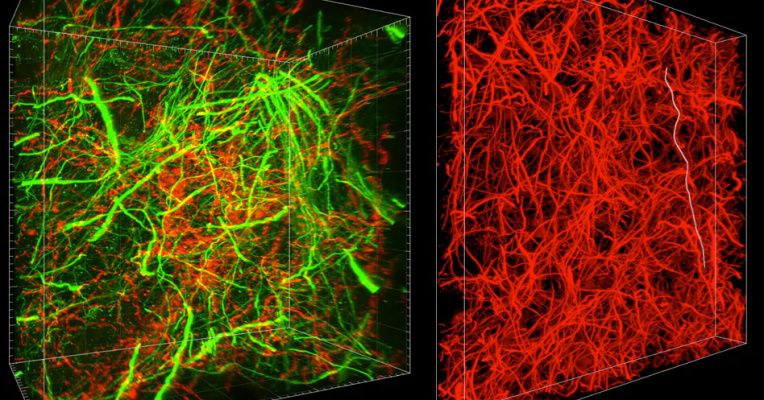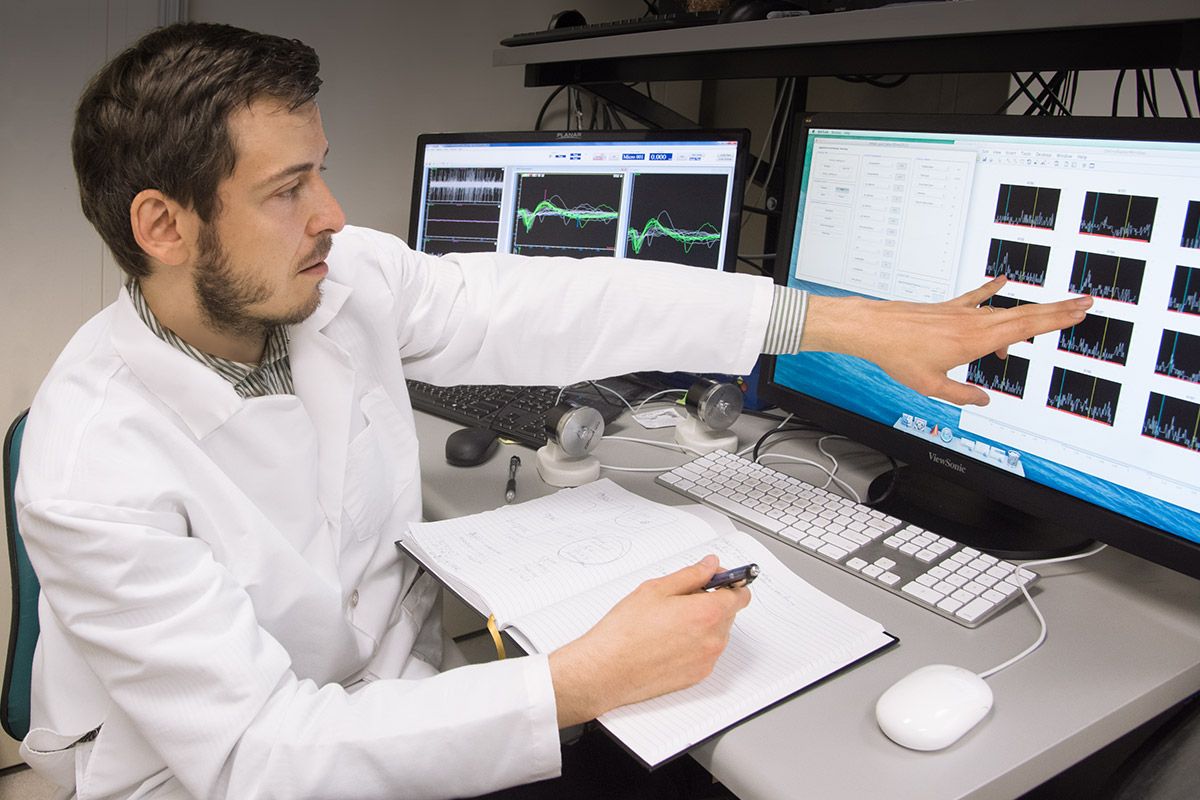Jul 30, 2016
HoloLens Hack Fools the Brain Into Fixing Itself
Posted by Karen Hurst in categories: augmented reality, cybercrime/malcode, neuroscience
https://www.youtube.com/watch?v=tjoe3LrkiIk
Microsoft’s amazing HoloLens is the world’s first stand-alone headset that lets users see virtual objects and environments as if they existed in the real world. This device’s entertainment potential is practically unlimited, but as a Hackathon team recently demonstrated, it can also be used to rewire a malfunctioning brain.
A Microsoft employee suffering from myoclonus-dystonia —a condition where the misfiring of the brain causes uncontrollable muscle spasms—discovered that she could regain control during a spasm by looking at her partner’s feet rather than her own. And that’s how she got her great idea: Why not use the HoloLens to retrain the brain and get it to act differently? To that end, she recruited the Microsoft Hackathon team to put the idea to the test.
Continue reading “HoloLens Hack Fools the Brain Into Fixing Itself” »
